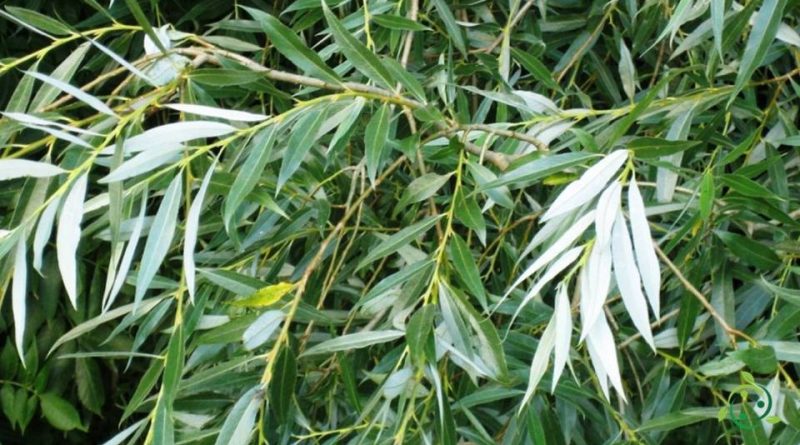Reproduction of the White Willow
Reproduction of the White Willow
The white willow (Salix alba L., 1753) is a tree of the Salicaceae family native to Europe and western and central Asia and whose name derives from the whitish hue of the underside of the leaves.
Suitable breeding habitat –
The white willow is a plant native to an area between Europe, western Asia and North Africa, where it is widespread above all in humid places and along watercourses up to 1,000 meters above sea level.
Its typical habitat is that of alluvial soils, it is easily found in the woods that grow along large rivers and is common in humid places.
In Europe it is present, excepting the Scandinavian Peninsula, Asia, northern Africa, and due to cultivation, today, it is found naturalized in North America and in the Far East.
In Italy it is present everywhere from the basal plane to the mountain one.
Flowering occurs simultaneously with leafing in February-March in the lower areas and continues until April at higher altitudes.
Propagation –
White willow, as well as growing spontaneously, is present in crops with various cultivars and hybrids selected for forestry and ornamental use.
This plant is typically heliophilous and prefers fresh, deep soils on the banks of streams from sea level up to over 1000 meters above sea level.
It is a very cold hardy plant, able to tolerate temperatures down to around -40°C when in a state of dormancy.
It is a very easy plant to grow, which grows in most soils, including moist, poorly drained or intermittently flooded soils, although it prefers a moist and heavy soil in a sunny position and rarely thrives in chalky or poor and lean soils. .
It is also very tolerant to salt and air pollution.
It is a fast growing plant which generally reproduces vegetatively, but also by seed.
It is a dioecious plant with male and female flowers produced on separate plants. If seed is required, at least one plant of each sex should grow in reasonable proximity.
The willow seed is very small and light and has a very short vitality, often of a few days, so it must be sown on the surface as soon as it is ripe. when sowing in the nursery it is advisable to place the seeds in a moderately sunny position, keeping the soil moist. Germination is usually quite rapid; once the young seedlings have grown just enough to be handled, they must be placed in individual pots where they are grown to develop the root system and transplanted as soon as possible.
Propagation also takes place asexually, through cuttings of mature wood from the current year’s growth; Cuttings from older wood can root almost any time of the year, although late fall is considered the best time as it allows for a better balance of root and stem growth during the following spring.
By asexual way, branches of older wood up to 250 cm long can be used; these should be planted in a sheltered outdoor nursery or directly in the open field and mulched to prevent weed growth. In case of transplanting this must be done in the following autumn.
Even the use of semi-mature wood cuttings, taken from the beginning to the middle of the summer, give good results.
Ecology –
White willow, like all willows, is usually found in moist or poorly drained soil at the edge of ponds, lakes or rivers. Its extensive roots draw moisture from a large surrounding area.
White willows are fast growing but relatively short lived, being susceptible to several diseases. These diseases can be a serious problem on trees grown for timber or ornamental purposes.
It easily forms various natural hybrids, including the one with the Salix fragilis; the hybrid is called Salix × rubens Schrank.
The white willow is used to consolidate the banks and slopes subject to landslides, and its wood is light, not very valuable and is used in the paper industry. Used as fuel, it burns quickly, producing good heat for a limited time. The white willow was used as a support for the vines having a fast growth, the plants in about 3/4 years were able to give the first poles, the small branches were not used to tie the vines as it has a rigid and fragile wood . While Salix viminalis was and is still used to tie the vines where the young branches (vinchi or wicker) are used in agriculture to tie the vines.
Furthermore, its melliferous properties were well known since the past. Its wood thanks to its toughness and lightness was used by the Romans to build shields. In ancient Greece the willow bark was used for its febrifugal properties thanks to the presence in them of the glucoside salicin also used as an antimalarial.

